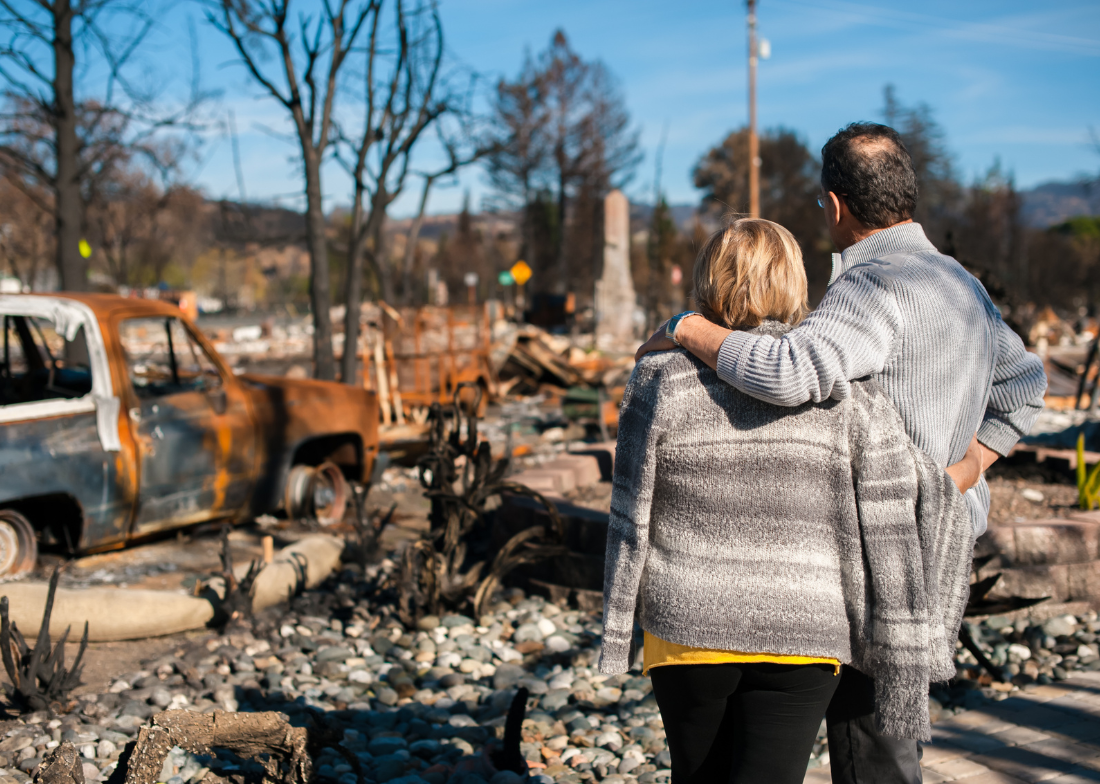Big Hurricanes Boosted By Big Oil
ACE Staff Writer
|June 5, 2024
In recent years, the number of hurricanes hitting the globe has increased dramatically. In 2024, NOAA predicted an 85% chance of experiencing an above-average hurricane season this coming summer and fall in the Atlantic basin would occur. They expect there to be between 17 and 25 storms, of which up to 13 will become hurricanes, many of those being major hurricanes.
In the past 30 years, the number of hurricanes averaged around 14 per season, with 7 becoming hurricanes and 3 becoming major hurricanes. With the number of hurricanes increasing, we could have another disastrous season with devastating hurricanes comparable to Hurricane Harvey or Hurricane Ian.
Hurricane Harvey cost an estimated $158 billion in damages, making it one of the most expensive natural disasters in US history. Beyond its monetary cost, Hurricanes have a huge human impact by displacing thousands, even millions of people.
Over the last century, this increase in disastrous hurricanes has been linked to rising ocean levels and temperatures. As the sea level rises, the damage caused by storm surging will also increase. Higher baseline sea levels mean that storm surges can penetrate further inland. As the ocean temperature rises, so does how much water evaporates into the air. The water left in the air is later picked up by storms, fueling them to become more devastating. This upward trend of rising sea levels and increasing hurricane numbers is mainly due to greenhouse gasses released into the atmosphere. These emissions trap heat inside the ozone layer, creating a greenhouse effect and increasing ocean and surface temperatures. The snow from our ice caps melts as the earth heats up, raising the sea level. This heat release can also lead to more moisture as warmer air can hold more water. This can result in more severe flooding during hurricanes.
One of the biggest contributors to greenhouse emissions is the numerous industrial companies using oil. Oil companies extract, refine, and sell fossil fuels, which, when burned, release large amounts of carbon dioxide, methane, and other greenhouse gasses into the atmosphere. In 2022, these industries were responsible for around 30% of global greenhouse gas emissions.
The impacts of these changes are far-reaching, affecting not only the environment but also the economy and human lives. The increasing frequency of these hurricanes can change many human lives and communities. Given how large an issue this has become, it is clear that we need to focus on addressing the root cause to reduce the risk of future disasters. This will include holding Big Oil accountable and the introduction of new international agreements, national regulations, and local policies to promote more sustainable practices.
Vermont Climate Superfund Act:
In a historic feat, Vermont created a new model to hold Big Oil accountable and force fossil fuel companies to pay for damages dealt by storms, floods, tick-borne illnesses and whatever else climate change throws at Vermonters. Vermont’s Climate Superfund—which passed with a tripartisan majority—forces mega polluters like Exxon and Shell to pay for climate change induced costs.
The Paris Climate Agreement is the culmination of 196 countries sharing proposals and actions to reduce carbon emissions further. They also work on long-term strategies other than the 5-year cycle. This agreement encourages countries to better communicate about further measures they will take toward climate change.
The IRA is the most comprehensive climate legislation in US history–it aims to create and build clean energy projects, hire workers in the clean energy sector, and, most importantly, reduce the average household’s energy consumption while also paying fair wages for those hired to help.
European Green Deal:
This deal works towards having no net emissions from greenhouse gasses by 2050. They ensure that by 2030 they will have planted a total of 3 billion trees, they are the first climate-neutral continent, and reduce carbon emission by 55% compared to 1990.
Join our Youth Action Network
More Blog Posts

Unnatural, Not Unprecedented
For two weeks, residents of Southern California endured a waking nightmare. Parents raced against time – hurrying down the driveway …
Read MoreCrafting a Vision for the Future: My Experience at LCOY USA 2024
Dry and sunny Tempe, Arizona where temperatures have been over 100 F for 113 consecutive days, delegates gathered to attend …
Read More
7 Ways to Weatherproof Your Home on the Cheap (+1 Not-So-Cheap)
As colder weather sets in, understanding how to weatherproof your home is key to maintaining warmth and reducing energy costs. …
Read More